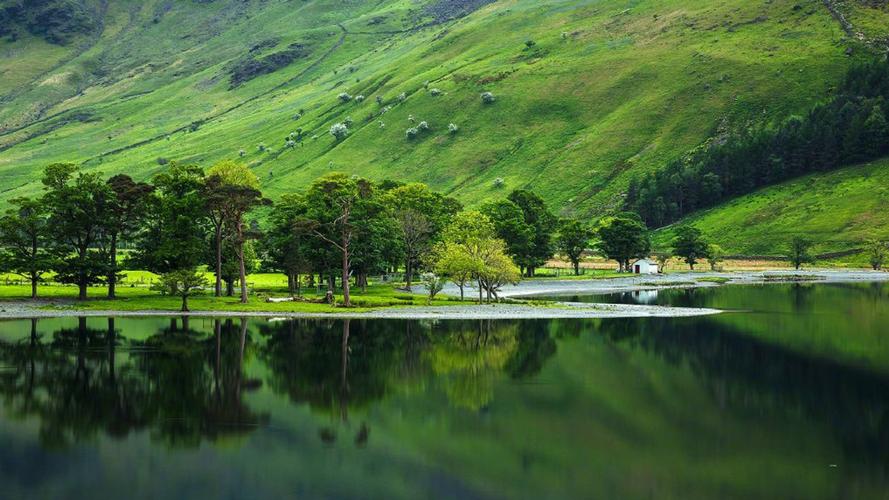Discovering Dominican Culture: A Journey Through its Traditions and Customs
The Dominican Republic is a unique and vibrant country rich in traditions, customs, and history. With its colorful and dynamic culture, it is no surprise that the country is a popular tourist destination. Whether you’re visiting for the first time or you’re a local looking to learn more about your heritage, this article will take you on a journey through the country’s traditions and customs.
Food
Dominican cuisine is a blend of Indigenous, African, and Spanish influence. The most popular dish, known as La Bandera, is a combination of rice, beans, and meat, usually served with plantains and salad. Seafood is also a major staple, with popular dishes such as ceviche and sopa de mariscos. Additionally, street food culture in the Dominican Republic offers a range of snacks such as empanadas, tostones, and chicharrones.
Music and Dance
Music and dance are an essential part of Dominican culture. Merengue and bachata are the most popular genres of music, with their upbeat and lively rhythms. Dominicans are often seen dancing in the streets, clubs, and even at family events. The traditional national dance is called “El Merengue,” in which participants move their hips and feet to the rhythm of the music.
Clothing
Dominicans take pride in their clothing and fashion, often opting for bright and bold colors. Women can be seen wear quinceañera dresses and men often wear a traditional white shirt called a guayabera. The guayabera has become a symbol of Dominican fashion along with the traditional straw hat.
Fiestas
Dominicans love to celebrate. Throughout the year, there are several festivals and celebrations that take place. The most prominent of them all is Carnival, which takes place in February. The streets are filled with music, dancing, and colorful costumes. During Christmas time, families come together to celebrate with traditional dishes such as puerco asado and dulce de lechoza.
Religion
The majority of Dominicans practice Roman Catholicism, which has a significant impact on the culture. Religious celebrations take place throughout the year, such as Holy Week, which is an important celebration of the passion and resurrection of Jesus Christ.
In conclusion, this article has provided a brief insight into the traditions and customs of the Dominican Republic. From the vibrant cuisine and music to the colorful clothing and festivals, it’s evident that the culture is deeply ingrained in the daily lives of its people. Whether you’re a first-time tourist or a local, immersing yourself in the culture is an essential part of discovering the beauty of the Dominican Republic.
(Note: Do you have knowledge or insights to share? Unlock new opportunities and expand your reach by joining our authors team. Click Registration to join us and share your expertise with our readers.)
Speech tips:
Please note that any statements involving politics will not be approved.
